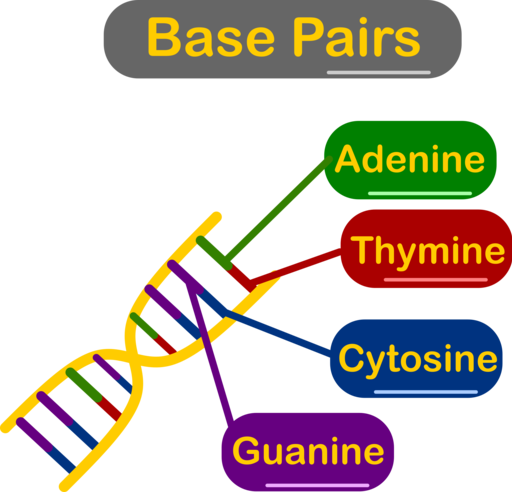In a new invention by Hiroshi Ezura, the chief technology officer at Sanatech and molecular biologist, Tomatoes can now lead to lower blood pressure and higher relaxation.
This invention is based off a new phenomenon that is becoming more and more popular in Japan, food that is genetically edited using CRISPR technology. This technology is used to increase the amount of GABA in foods. GAMA, or gamma-aminobutyric acid, is a neurotransmitter and amino acid that “blocks impulses between nerve cells in the brain” (Waltz, Scientific American).
GAMA is being tested by many groups, including Ezura and his crew, for positive correlations between available GAMA, and health benefits. So far, there have not been any confirmed guaranteed health benefits, but the data from other genetically modified foods shows generally there are health benefits. People eating the food should feel more relaxed. Other tests have been done in the human, or animal bodies. GAMA is a natural substance found in humans, so the genetic mutations do not add a foreign substance to the body – it is safe to consume.
CRISPR technology is at the heart of this. This is a genetics technology in which one can add, take away, or alter sections of DNA. DNA is a double helix which consists of the nucleotide bases, Adenine, Cytosine, Guanine, and Thymine. When certain sections of the genetic code, represented in letters, are replaced by others, certain genes can change. Genes are certain pieces of DNA that carry genetic information which can alter how someone looks or functions. When worked on a tomato, it is able to alter a gene that gets rid of a pathway called the GABA shunt, which through a series of events limits GABA in cells.
This technique has been used before, but it is so special because this is the first time it has been a commercial food product. This is exciting; genetic engineering can have negative effects in some areas, but so far the data shows that it is effective. Personally, I hope there is a rigorous series of tests that has to be conducted in the future for each CRISPR modified food to be commercially produced and sold.



Leave a Reply